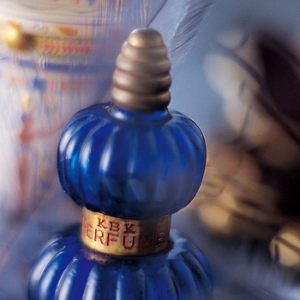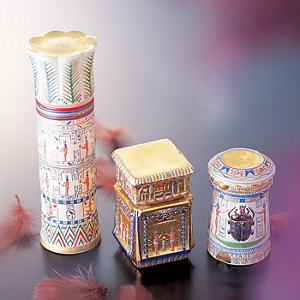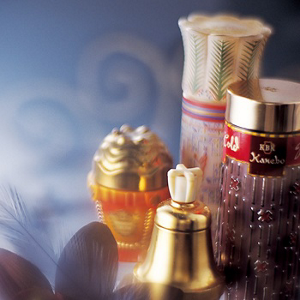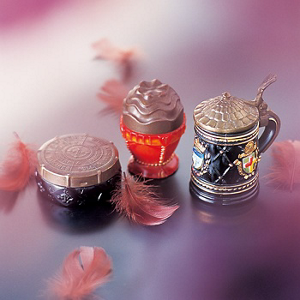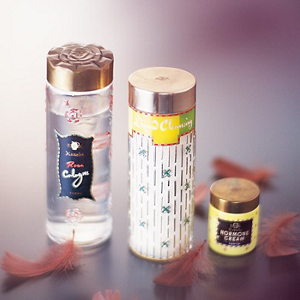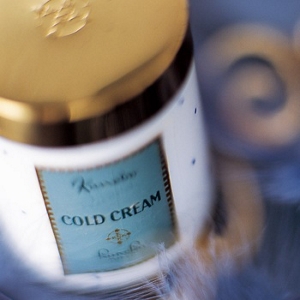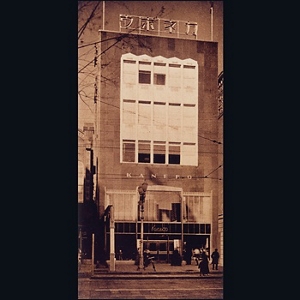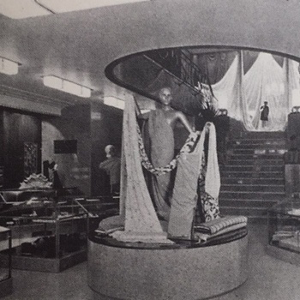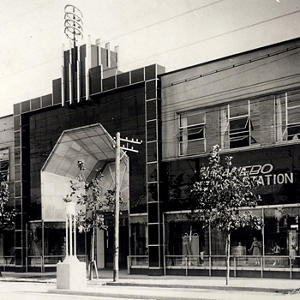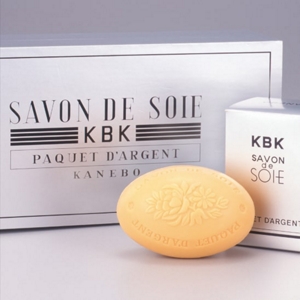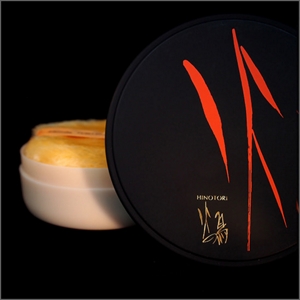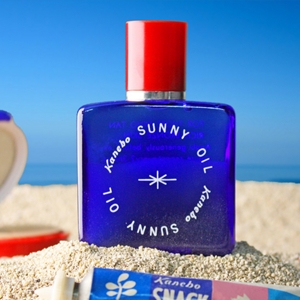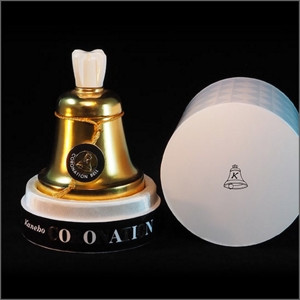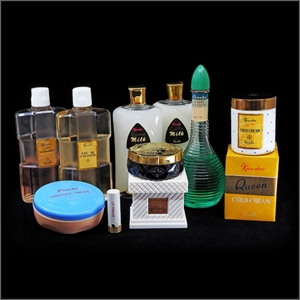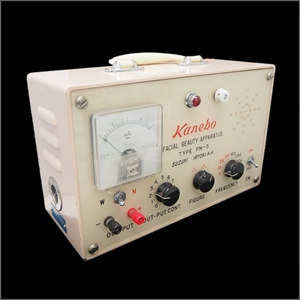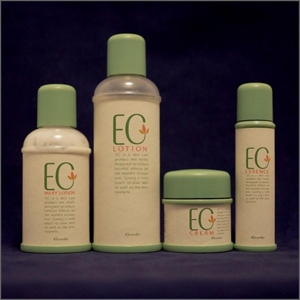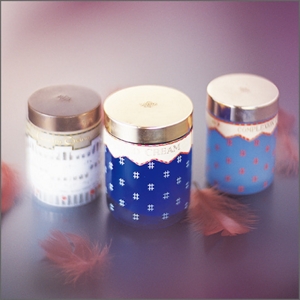Excellence, encountered: a Kanebo story of cosmetics, silk, and friendship
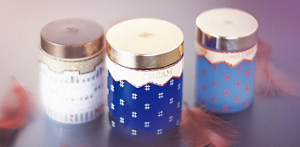

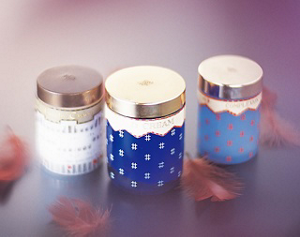
Newer models of the product containers featuring textile patterns reflect Kanebo’s core business in the early years.
Share this page
In 1938, a young employee named Fumihei Maruoka worked at a Kanebo Flagship Store in Ginza. This new employee proved to be bright, ambitious, and innovative, later going on to impress Kanebo’s then-president, Shingo Tsuda, with his outstanding sales performance for Kanebo’s luxurious soap, formulated with silk oil extracts, SAVON DE SOIE.* Maruoka’s achievements piqued the interest of the president so much that he moved the rising Kanebo team member to product development and challenged him with a difficult task—develop premier cosmetics products, second-to-none in the beauty world.
Maruoka set out on his assignment with energy and purpose by inviting expert engineers to help him learn and perfect the most sophisticated cosmetics manufacturing techniques. At the same time, he delved into extensive research about container design, following the strict order from Kanebo’s president that cosmetics must come in beautifully-designed containers.
Drawing on his experience working in Ginza’s famous Kabuki-za Theater, Maruoka combined his ingenuity in design with traditional woodworking techniques to create wooden mock-ups that evoked a cultural aesthetic in line with historical sensibilities, reimagined as fresh and new. Maruoka’s enthusiasm pushed him to create prototype after prototype, and his passion only grew over time as the president expressed praise for each one. During this period of rich creativity, Maruoka also developed bottles printed with fabric patterns reflecting textile designs shown in the picture above.
Meanwhile, a brilliant scientist named Toshio Nakahama, who was appointed director of a Kanebo research laboratory in Kyoto at the early age of 29, discovered that the protein in raw silk threads could benefit the skin in many ways. Innovations like this (among many others) contributed to his professional success; he later became the fifth president of Kyoto prefectural university.
Kanebo’s president took an interest in Nakahama’s proposal and liked his suggestion to use the protein in cosmetics. He contacted Nakahama and said, “I have someone I want you to meet. I will send him to Kyoto so you two can work together to develop new cosmetics.” The man sent to Nakahama’s institute was Fumihei Maruoka. Two pioneers in their fields, Nakahama and Maruoka, became good friends and would later surprise Japan with their joint efforts in producing the finest cosmetic products featuring silk protein.
At the time of the products’ release, the two men received exceptional renown for their unrivaled commitment to quality and design. Even Her Majesty Empress Kojun, admired their creations when Kanebo displayed the products at a trade show in Kyoto. As a result of her praises, Kanebo was later awarded the honor of presenting her similar articles. While the operation had to be shut down during the war, Maruoka and Nakahama’s hard work enabled Kanebo to launch many more beauty products once the war ended—revealing undiscovered sensations of beauty and aesthetics to our customers.
Fumihei Maruoka and Toshio Nakahama’s meeting was instrumental in Kanebo’s successful combination of our core business of silk production with our new cosmetics business. Their inquisitive minds were open to exploring innovative ingredients, refined textures and designs, and craftsmanship in harmony with the five senses—all principles that still run deep in Kanebo Cosmetics today.
Source: 100 Years’ History of Kanebo; Notes written by Fumihei Maruoka.
The early cosmetic product designs and Kanebo Service Shops
-

Perfume
Graceful, Arabian Nights-inspired design -

Moisturizing lotion, cream
Designs evoking ancient civilizations -

Moisturizing lotion, cream, and perfume
-

Cream
-

Cream and pomade
-

Moisturizing lotion, emulsion, and cream
-

Moisturizing lotion, face powder, and cream
-

Cold cream
-

Kanebo Flagship Store in Ginza (at its opening in 1935)
-

Kanebo Flagship Store in Ginza interior (1935)
-

Kanebo Flagship Store in Kobe (1935)
-
Read more stories
-

A beautiful beginning: the gift of silk
Nov 30, 2018
-

Harmony in fragrance: when art meets aroma
Dec 28, 2018
-

Kabuki foundation,
created with function and passionFeb 28, 2019
-

The development of cosmetic culture in Japan
Sep 13, 2019
-

Beauty advice at beach house
Sep 13, 2019
-

Coronation Bell, a scent to symbolize a new era
Oct 31, 2019
-

Supporting women and the birth of purpose-driven branding
Dec 25, 2019
-

How cosmetics helped Japan’s 1st Antarctic research expedition
Jan 31, 2020
-

Kanebo’s Facial Beauty Apparatus, the first esthetic device in Japan
Apr 30, 2020
-

Kanebo EC—a brand that embraced sustainability & LOHAS
Aug 25, 2020
-

Art, community, and care at Kanebo Cosmetics Education Center
Nov 30, 2020
-

Excellence, encountered: a Kanebo story of cosmetics, silk, and friendship
Jan 15, 2021

